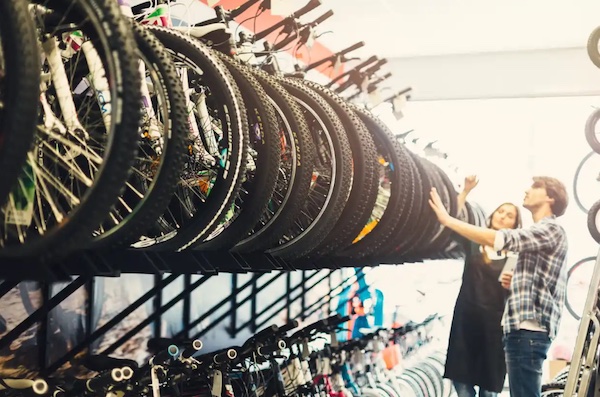Product Categories
New Products

A study by McKinsey, a leading sportswear firm, and WFSGI, the world sportswear industry federation, suggests that the sports industry is ready for 2023. As early as the end of 2022, a number of sports and cycling executives said that in addition to the immediate threats of rising operating costs and slumping demand, low consumer confidence and extended operational problems would be headwinds for the overall market. In an era of supply chain disruptions, more companies are likely to turn to nearshore outsourcing as an element of risk reduction and supply chain acceleration strategies, according to the report. In response to these developments, many companies are seeking to increase productivity and find the right balance between savings and investment by raising retail prices, which will allow more flexibility in their operations.
Steady growth in 2022
In a way, the sports goods industry, especially the bicycle industry, is actually very lucky. Compared with other industries, in the past two years, under the impact of the epidemic, it still maintained steady growth, and many enterprises even significantly exceeded the level before the epidemic. In the second half of the year, geopolitical instability (the war between Ukraine and Russia) and inflation darkened the outlook for the global economy, which immediately constrained the company's overall operating budget. The impact of these factors has indeed weakened industry performance, with US sales in major categories falling 4-8% from Q1 to Q3 2022 compared to 2021.
Full with challenging 2023
In the first half of 2022, consumer confidence has grown significantly, the impact of the epidemic has eased the relative restrictions in the market, and the supply chain has actively put into production to meet the demand. In order to avoid a repeat of the supply chain shortage in 2021, major industries continued to place orders regardless of the consequences, resulting in significant growth in the overall performance in the first half of the year. However, the effects of the Ukraina-Russia war exacerbated inflation, and the soaring cost of raw materials and energy forced companies to raise end-price prices. At the same time, consumer confidence is even weaker, with consumer discretionary spending falling significantly in the second half of 2022 and the intention to buy sports goods upside down by 40 percent, according to the study. At first glance, the supply chain appears to have returned to its previous state, but a sudden increase in alternative products in destination countries and a decline in consumer demand have led to severe inventory overhang.

2023 Bicycle Development trend
According to WFSGI and McKinsey, the overall economic environment will be challenging in 2023, with consumer demand remaining sluggish. There must be a holistic approach for the sports industry that focuses on increasing demand and building resilience. In the report, WFSGI puts forward three key themes that will influence the development of the sports industry: brand relevance, sustainability, and nearshore outsourcing.
Build own brand!
Perhaps this is an exaggeration, but sportswear is one of the most effective brand builders in the world, such as NBA, FIFA, etc., just the annual turnover of related sportswear can see astronomical figures. Nowadays, as consumers' expectations for products rise, so does the importance of brands. However, it is not just about building social platforms, including official websites, marketing strategies, and the integration of online and offline must be considered. To endow the brand with soul and story, and make it become a belief, will be the subject that enterprises must face.
The importance of sustainable operations
The European Union has officially introduced a carbon tax, declaring that the era of competitiveness without sustainability has come. From the past 5S to the current implementation of ESG, not only the product must comply with the sustainable specification, but also the process must reduce the carbon footprint. The sports industry must take this into account if it wants to expand its business model, and companies like BOSCH, SRAM, and GIANT are actively setting up R&D centers and manufacturing plants in Europe to reduce the cost of their carbon footprint.
Nearshore outsourcing, improve efficiency and reduce production costs
In the past, as mentioned in the above paragraph, in times of supply chain disruption, more companies might have turned to nearshore outsourcing as an element of risk reduction and supply chain acceleration strategy. Indeed, outsourcing is faster and cheaper to manufacture without adding inventory costs than building a whole new production line. Feed those price differentials back to consumers, boosting buying to get the market moving.
Building an entire parts industry is a unique process, and the European auto industry has shown that it can take decades to complete. In the current world, those who can manage costs and have good brand recognition in the bicycle industry will advance quickly, small and medium enterprises will have to fight harder, and those who cannot keep up with this wave will be eliminated from the market.